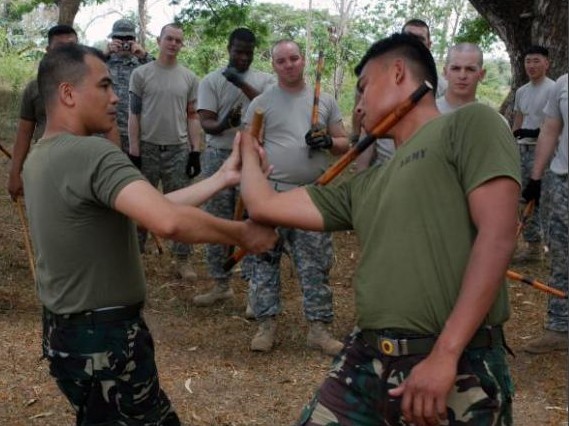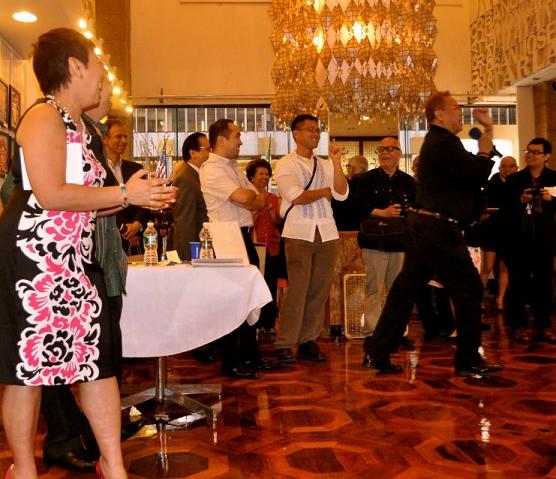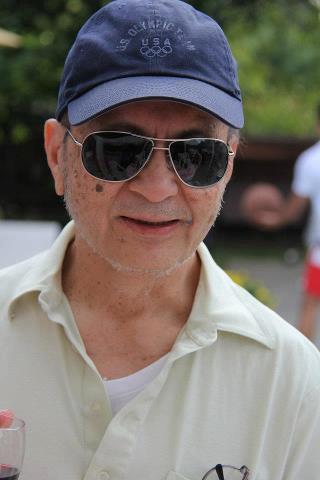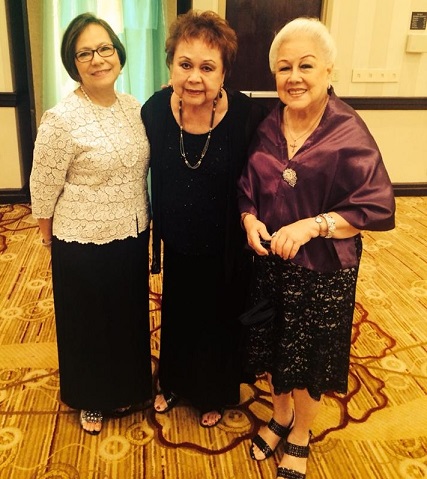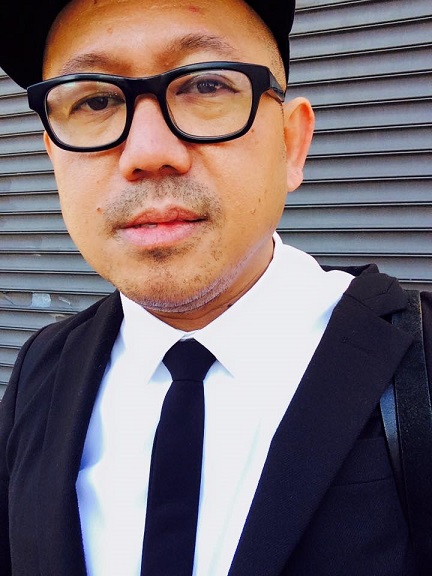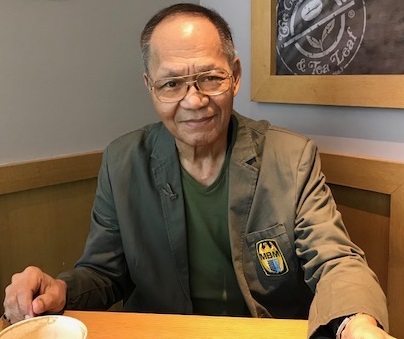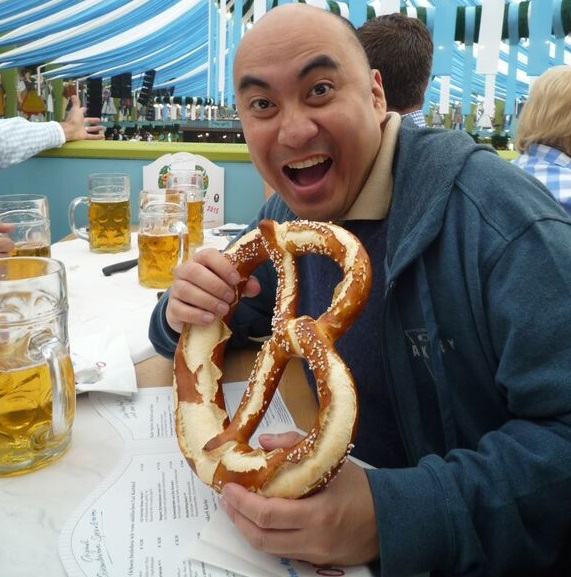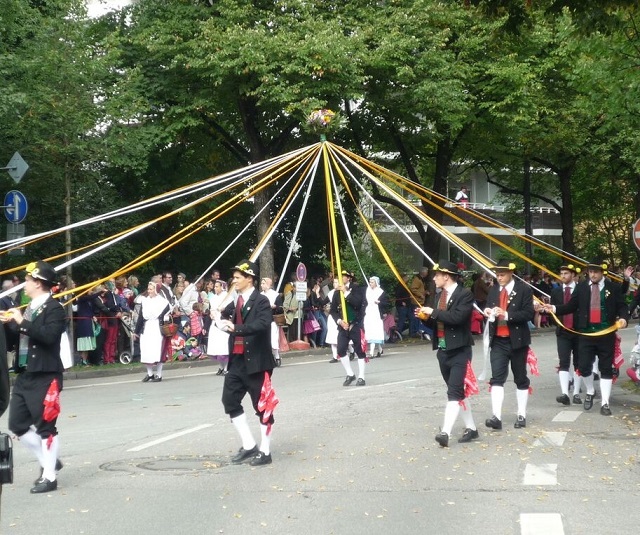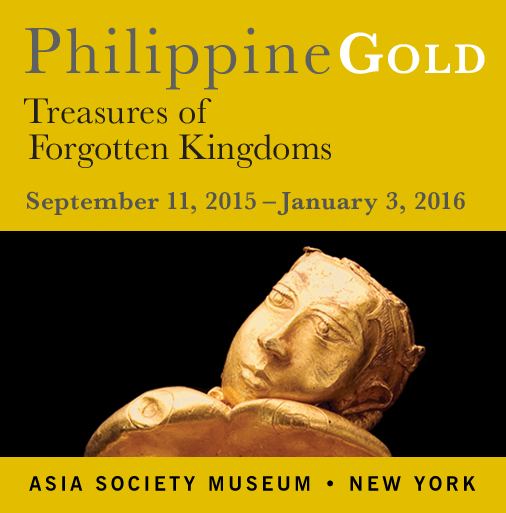Non-drinker attends Oktoberfest, goes nuts over German pageantry, culture
By Wendell Gaa
Of the many European countries that I love to read about, no other history has quite compelled me as that of Germany, for I can’t think of any other nation that has had quite the political and economic impact on continental Europe.
Yes, Germany has had a troubled past, and that might be understating things, especially with regard to Hitler and the Nazis, or as a hotspot during the Cold War. Even today, Germany has been grabbing headlines for controversial reasons, particularly for the stream of Middle Eastern refugees flowing into the country escaping the ongoing Syrian Civil War.
On my recent visit to the southern Bavarian region where my Filipino-German relatives live, I saw that their views on the refugee crisis reflected the concerns of many average Germans. But notwithstanding Germany’s hot political trends, my trip there also showed to me a modern and tolerant nation which is very cosmopolitan and forward-looking in its outlook, and no other experience for me was more validating of this fact than attending Germany’s great global festival, the Oktoberfest.
I was lucky to join my Filipina-German cousin and her husband for the September grand parade in Munich which officially kick-offed the Oktoberfest celebration. Seeing that they were dressed in their charming German Bavarian national attire (Dirndl for the ladies and Lederhosen for the gents), I could see how they were natural veterans of this annual national tradition.
Observing the nationally dressed parade marchers with their colorful regional flags and floats was impressive enough, but it was the horse carriages pulling large carts of beer barrels from several brewery companies in Germany which really gave the entire parade an entrancing cultural feel for me. We even got to see the Mayor of Munich Dieter Reiter himself riding with his entourage greeting all guests towards the end of the parade.
As the parade drew to a close, we decided to head straight to Munich’s festival area called the Theresienwiese which is fittingly enough right near the heart of Munich. On our way there, I learned from my cousin and her husband that Oktoberfest traditionally runs for 16 days from mid-to-late September all the way to the first weekend of October.
While other German cities do have their own Oktoberfest celebrations, it is in Munich where it all began way back on October 12, 1810, when the German monarch King Ludwig I married Princess Therese. The residents of Munich were invited to the royal marriage festivities that took place on the field right in front of the city gates, which was named Theresienwiese (“Theresa’s meadow”) in reverence to the Crown Princess. To mark the end of the revelries and to honor the newlyweds, horse races were then held on October 17, which presumably were considered to have been a repetition of the historic Scharlachrennen (Scarlet Race) which occurred in 15th century Bavaria. A parade was also commenced that year in adoration of King Ludwig I and Princess Therese, and from 1850 henceforth became an annual Oktoberfest tradition.
It is a fun fact that the Munich Oktoberfest originally occurred during the 16 days leading up to, and including, the first October Sunday. After German reunification in 1990, this schedule was modified in 1994 so that if the first Sunday in October falls on the 1st or 2nd, then the festivities would proceed until October 3 (reunification day).
Upon entering the grounds of the Theresienwiese, I was delighted to see how large the Oktoberfest fair grounds were and they took on the air of a 24-hour vibrant carnival, overlooked by an immense bronze figure of a lady called the Bavaria statue. Everywhere we looked there were crowds of visitors, many donning adorable dirndls and lederhosens, flocking upon countless attractions from amusement park rides to snack booths serving traditional German chocolates and baked desserts.
This one really innovative ride which I’ve never seen at any carnival in America was this moving conveyor belt where people in relatively good physical shape could attempt to ride on without holding on to any railings or support. My cousin’s husband and I both tried out this unique ride, without much success for smooth sailing, albeit we both survived with our health intact!
But the real mainstay here at these grounds are the huge beer hall tents which is the main highlight of Oktoberfest. We walked into two to three of these tents, until finally finding open seats with square tables on the second floor of this one tent with an ambience which had all the typical décor of a Bavarian setting, complete with waitresses in their pretty dirndls serving what seemed to be up to eight mugs of traditional 1-litre German beer in both of their hands and arms to the hundreds of guests of different ethnicities allowing themselves to get lost in the Oktoberfest revelry by listening to band music playing both traditional German folk songs and American songs too by such musicians as John Denver.
We sat right next to these American tourists from New York and Florida who were also as pleasantly charmed by the entire beer hall setup as we were. My cousin recommended that I order for lunch the roasted ox with potato, and it was as filling and satisfying as I could have hoped for. Of course my first Oktoberfest meal wouldn’t be complete without trying out a 1-litre beer, and though a non-drinker, I felt proud to have sampled the best of German brewery and culture.

